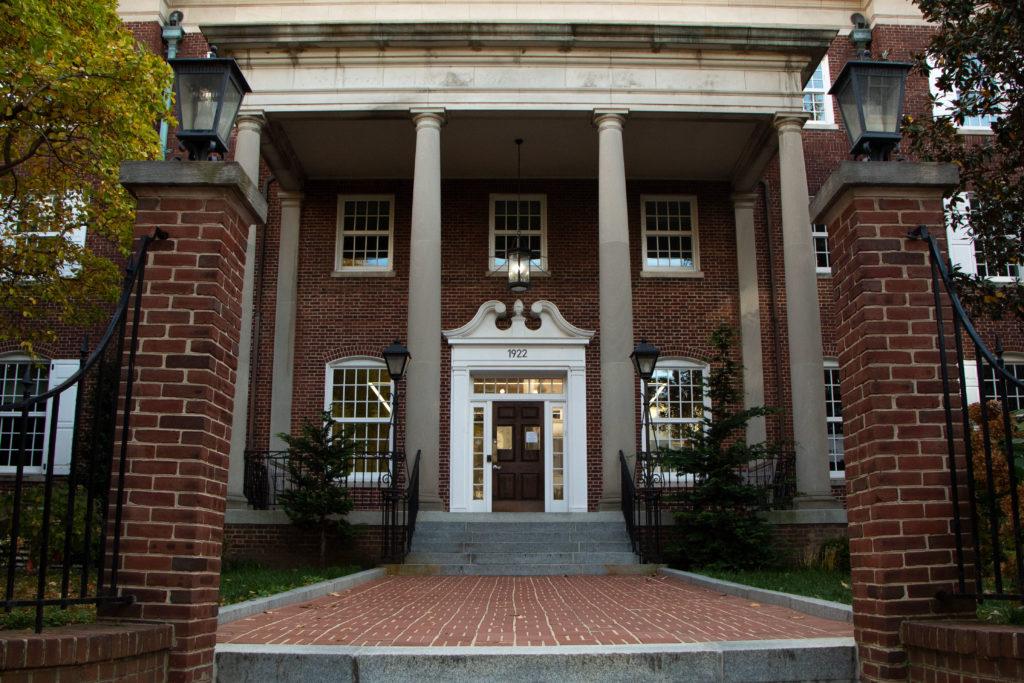Upgrading to Spotify Premium may be your best bet if you’re looking to avoid GW’s marketing reach.
The Columbian College of Arts and Sciences is ramping up its Facebook and Spotify advertising, joining other schools and universities that are targeting potential new students on the social media platforms they are most likely to use. The college is specifically pitching its 82 graduate programs, an area GW is trying to grow after several enrollment slumps.
By targeting students on social media platforms rather than through traditional means, the school is engaging students directly where they are throughout the day, said David Meerman Scott, an independent marketing strategist and the author of the book “New Roles of Marketing and PR.”
“They spend time on YouTube and other social networks and less time in mainstream media [like] magazines, radio, televisions, newspapers. So clearly if you want to target a market, you have to go where that market is,” Scott said.
University spokesman Kurtis Hiatt declined to say how much the advertisements cost, how long the school plans to run the social media campaigns or how the college chooses the type of audience to target.
He said the college’s advertising strategy changes to meet potential students wherever they are.
“Social media advertising can be a very effective platform for audience engagement because ads can be targeted to specific demographics, such as age, education, place of residence [and] profession,” Hiatt said. “Return is easily measured through analytics that track the number of site clicks and/or open rates by users.”
Meghan Bardwell, a marketing consultant at Heinz Marketing, Inc., said universities that target a similar audience will participate in a bidding system to win advertising time on different platforms.
The University could be spending anywhere between $10 and $10,000 advertising on social media, she said. An organization that spends more money will have a better chance at reaching more people more often.
“What’s great about social as opposed to other marketing avenues is that you have access to this really wide audience and then you can target it down,” she said.
Joe Pulizzi, the founder of the Content Marketing Institute, an organization that looks to advance advertising through media, argues that judging an ad’s success based on its click rate may be misguided. He said organizations should instead look to see whether an ad correlates with an increase in another action.
“What you really want is a behavior change,” he said. “The click is meaningless without the secondary behavior.”
Most of the costs for universities comes from the bidding process, said Steve Farnsworth, the chief digital strategist at social media marketing firm Jolt. Additionally, they need to create the content and pay to put it on a site.
Schools should think critically about where to bring interested users after they click a link on a social media site, Farnsworth said. Immediately bringing them to an information website might not be the best way to interact with them, he said.
While advertisements typically bring users to a graduate program’s webpage, GW could instead link users to another Facebook or Twitter page that includes videos, photos or interviews with current graduate students, he said.
“What you want to do is engage them and get them to opt into a relationship of value where you’re sending them something they want,” Farnsworth said. “If you talk about what you know, and not about what you’re selling, you have the opportunity to build a relationship, which is almost impossible to get any other way.”







